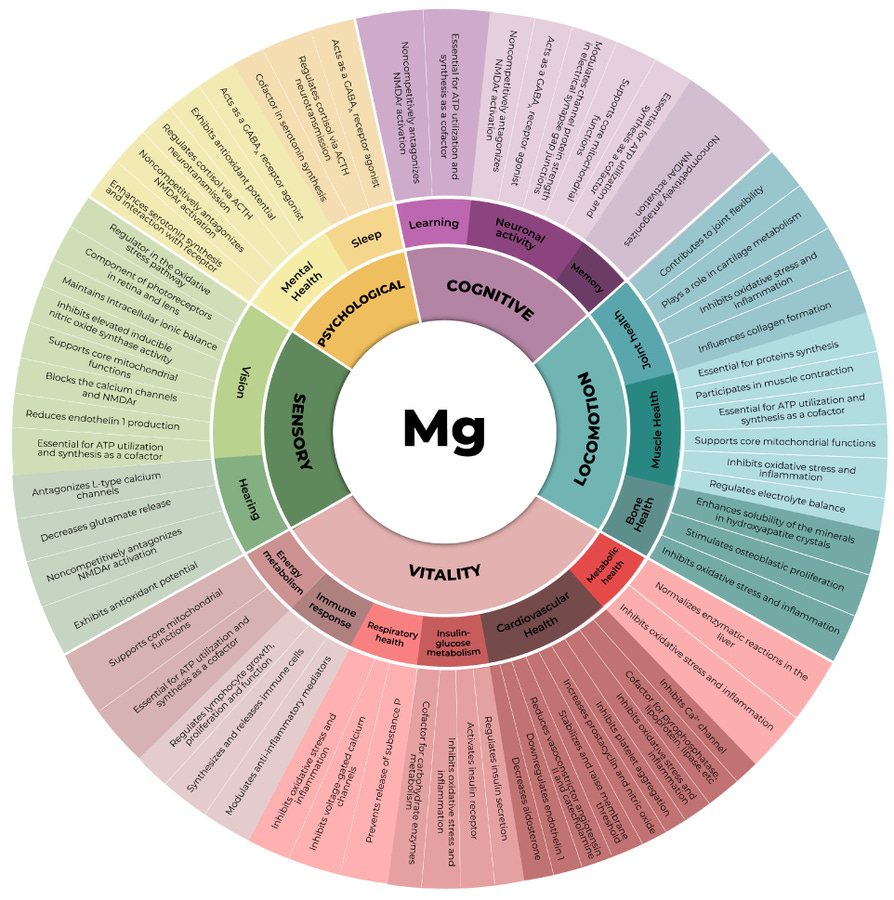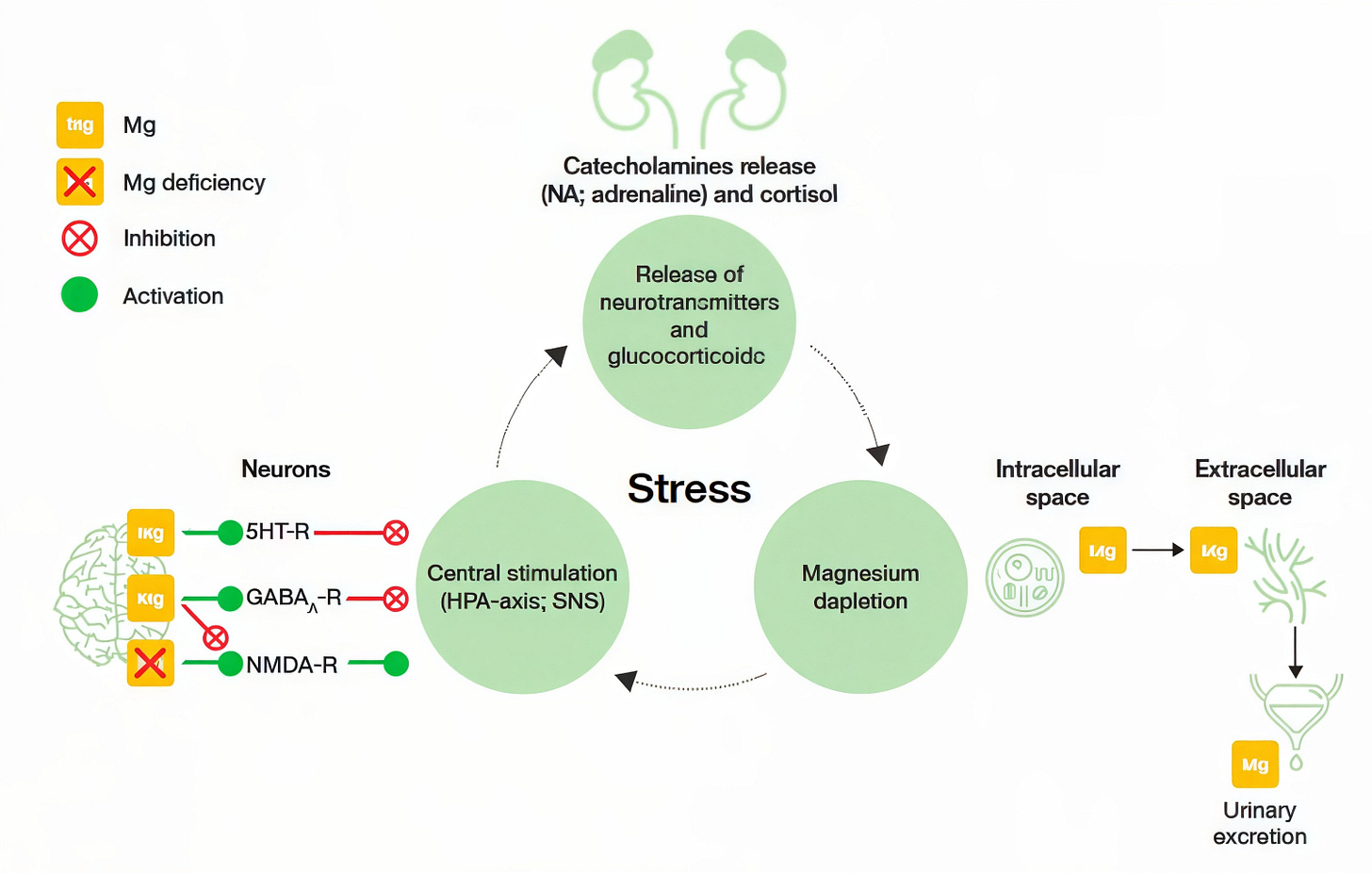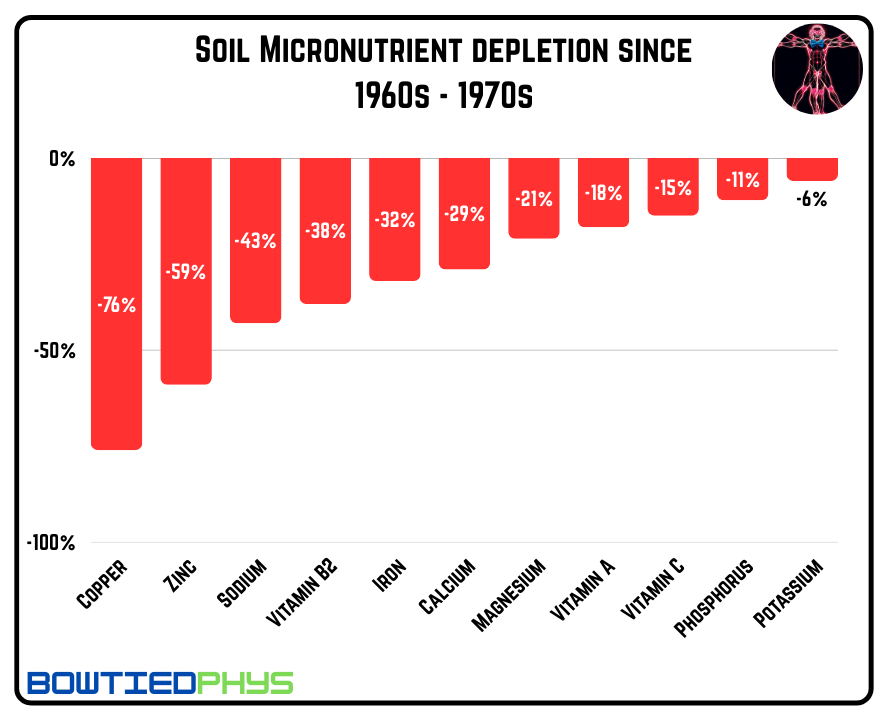Magnesium Supplementation Guide
The complete playbook to dosing, choosing the right form, & avoiding scams
If you’re here - chances are you’re way out in front of supplementing magnesium. But I’ve gotten tons of questions the past year regarding its practical use.
“What’s the typical dosage you shoot for daily?”
“How do you determine elemental amounts?”
“What’s the best form to take for anxiety? Sleep? Energy levels?”
“What brands do you steer clear from?” (Many. Listed out here. And why I avoid.)
We’re answering all these & more in this comprehensive guide to magnesium. (No one is committing to this level of analysis anywhere else.)
Why is magnesium such a critical micronutrient?
By now you know the importance of magnesium’s functions in the body. Required for more than half of the enzymatic processes in our bodies. ATP synthesis. Mitochondrial biogenesis. Cell hydration. Glucose metabolism. DNA & RNA processes.

We’re not going through every use case, RCT, or meta-analysis on the mineral. But here’s an overview on just a few of the powerful bodies of evidence we have to date on the benefits of magnesium supplementation:
Muscle soreness (10 - 20% higher requirement for those exercising)
Are we really magnesium deficient?
“Grandpa didn’t need to supplement!”
True. Grandpa also operated in a radically different environment. The modern landscape has made it a requirement for the optimally healthy individual to consume magnesium outside of diet alone.
4 primary drivers of why we’re facing a society-wide magnesium deficiency:
Factor #1: Infertile, micronutrient scarce soil
It’s not just magnesium. Soil today is less fertile & therefore much less micronutrient dense than it was even a couple decades ago. The data aren’t crystal clear (lot of variation by geography & soil type) but here are some ballpark estimates we’ve pieced together on micronutrient depletion we’ve seen relative to 50 yrs ago:
Magnesium = -21%
Calcium = -29%
Vitamin A = -18%
Vitamin C = -15%
Iron = -32%
Vitamin B2 = -38%
Phosphorus = -11%
Sodium = -43%
Copper = -76%
Zinc = -59%
Potassium = -6%
While I’m all for campaigns to make soil fertile again, we need to be realistic. This isn’t happening any time soon. In the meantime, exercise maximum agency over your health & start covering the micronutrient gaps via supplementation. Some of the other big ones I’ll continue to emphasize covering it for large majority: methylated B-vitamins, vitamin C, & a trace mineral complex (zinc, copper, manganese, chromium).
Factor #2: Chronic stress & anxiety
Any form of psychological stress takes a toll on our magnesium levels. Extrapolate the mechanistic principle to high stress environments & our magnesium stores start to become severely depleted over time.
One clinical paper highlighted this exact phenomenon in 2006 with 35 university chemistry students. The authors found when students showed a relative increase in anxiety levels during exams, they demonstrated higher urinary magnesium excretion. This indicates a greater release of glucocorticoids like cortisol & adrenaline, which then push magnesium stores inside our cells to the bloodstream eventually leading to greater levels in urine.
And here’s why that happens. We need magnesium for serotonin (5-HT) transmission given it acts as a cofactor in its synthesis and inhibit the excitatory glutamatergic signaling by blocking NMDA receptors. It also has GABA-agonistic effects to promote calming effects (why we love it for sleep). This has two big impacts for us: 1) indirectly reduces cortisol levels via the hypothalamic-pituitary-adrenal (HPA) axis & 2) supports neuroprotection by increasing brain-derived neurotrophic factor (BDNF) expression.

“Vicious Cycle” summarized: Increase in chronic stress states → elevated cortisol + adrenaline → more magnesium depletion → heightened stress susceptibility
Factor #3: High nnEMF & ionizing radiation environments
To highlight the impact here, we’ll go to the margin of the nnEMF exposure curve. In 2016, Hunt et al. discovered something fascinating when they studied the bone metabolism of 47 electrical workers with a minimum of 10 years on the job. Compared to those not exposed to similar nnEMF levels, electrical workers had significantly lower levels of bone mineral density in the lumbar spine & femur, as well as lower levels of osteoprotegerin - a protein involved in bone remodeling.
Of course there are various factors at play affecting bone mineral density like altered thyroid function & increased levels of oxidative stress. Not just nnEMF-induced magnesium depletion. But we know over the past several decades one of the key drivers of osteoporosis is you guessed: chronic magnesium deficiencies.
But can nnEMF really be responsible for the magnesium deficiency?
When rats were exposed to extremely low-frequency magnetic fields (ELF-MF) over a 10-month period, they exhibited significantly lower concentrations of calcium (Ca), magnesium (Mg), & zinc (Zn) in bone tissue.
nnEMF summarized mechanistically: nnEMF exposure → increased levels of oxidative stress → greater demand for magnesium → redox imbalance → magnesium store depletion
Factor #4: Keto/low-carb diets
The long-term trade-off of dietary restriction is nutrient inadequacy. It’s possible but difficult to reach the levels we’ll want to obtain through diet alone. If you’re cycling a ketogenic period, all the more reason to be consistent with:
Tracking micronutrient intake (via apps like Cronometer or MacroFactor)
Identifying gaps
Supplementing deficiencies where needed
More than enough reason to be encouraged to at least consider supplementing magnesium at this point.
Now on to how we practically navigate the space.
How do forms of magnesium differ from each other?
Keep reading with a 7-day free trial
Subscribe to BowTiedPhys to keep reading this post and get 7 days of free access to the full post archives.





